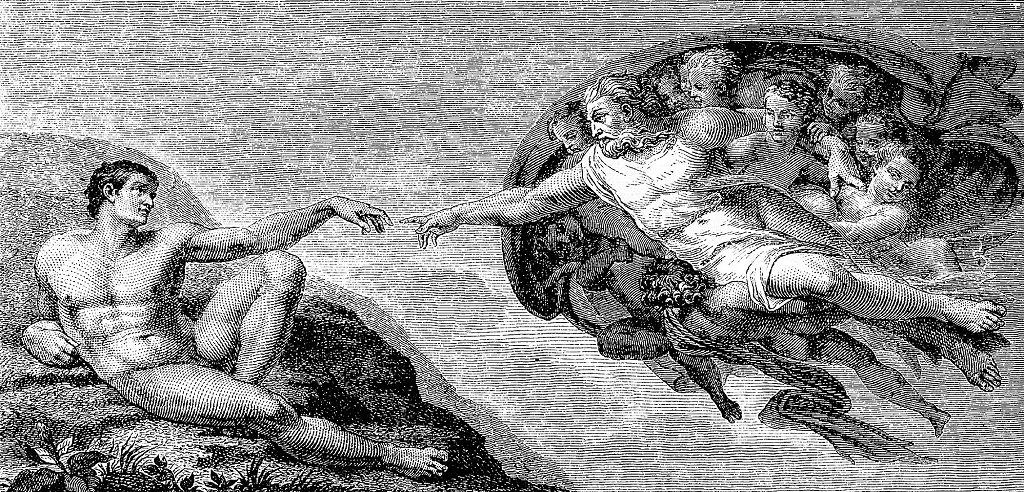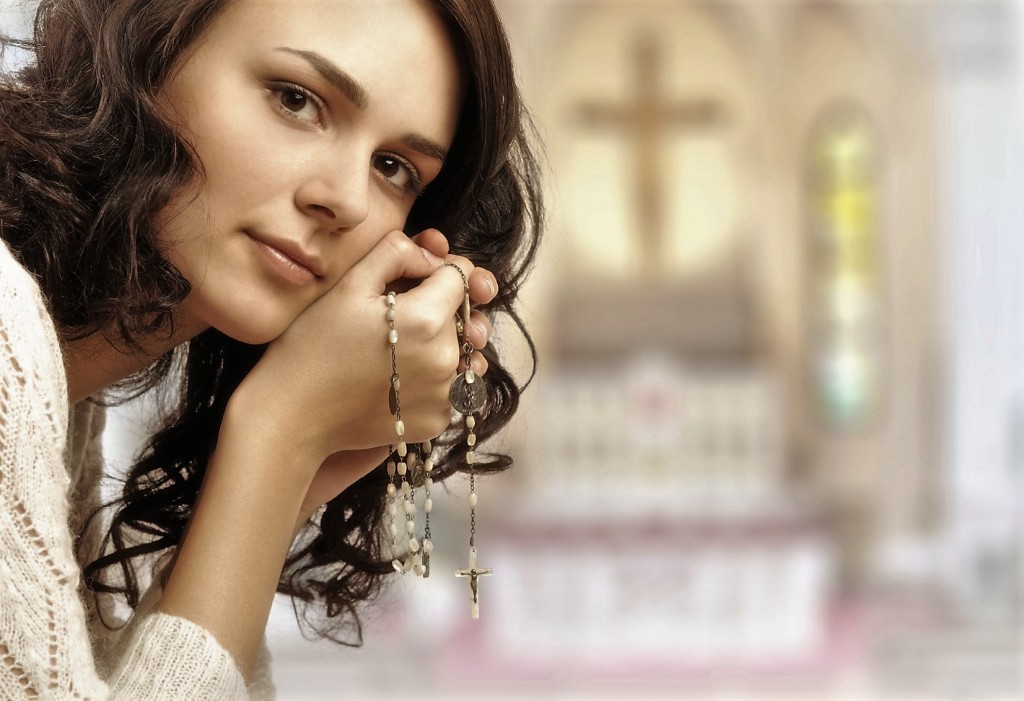Yesterday, we began our week-long discussion of the Rosary, the beautiful prayer of the Church that allows us to meditate on the Gospel. Today, we will focus on the Joyful Mysteries, traditionally prayed on Mondays and Saturdays. (Some also pray these on the Sundays of Advent.)
In his apostolic letter, Rosarium Vifginis Mariae (The Rosary of the Blessed Virgin Mary), St. John Paul II teaches that these mysteries all focus on one incredible event: the Coming of Christ through Mary’s willingness to serve:
The first five decades, the “joyful mysteries”, are marked by the joy radiating from the event of the Incarnation. This is clear from the very first mystery, the Annunciation, where Gabriel’s greeting to the Virgin of Nazareth is linked to an invitation to messianic joy: “Rejoice, Mary”. The whole of salvation history, in some sense the entire history of the world, has led up to this greeting. If it is the Father’s plan to unite all things in Christ (cf. Eph 1:10), then the whole of the universe is in some way touched by the divine favour with which the Father looks upon Mary and makes her the Mother of his Son. The whole of humanity, in turn, is embraced by the fiat with which she readily agrees to the will of God.
The joyful mysteries are:
- The Annunciation: The angel Gabriel is sent to Mary to ask if she will assent to being the mother of the Savior. Her answer: “Be it done unto me according to the Father’s will.”
- The Visitation: Mary, upon hearing of her cousin Elizabeth’s unexpected late-in-life pregnancy, rushes to be with her. The baby Elizabeth is carrying is John the Baptist, who will grow up to herald the coming of the Lamb, Jesus Christ. Elizabeth’s baby leaps with joy upon Mary’s arrival.
- The Nativity of the Lord: In the most humble of settings, our Savior is born. The news is announced to lowly shepherds, who are the first to witness the God-made-Man, a baby who sleeps in a manger.
- The Presentation at the Temple: Like all Jewish parents, Mary and Joseph bring their first born son to the temple in Jerusalem for consecration. There, Simeon (a man known for his holiness) declares that he may now die as he has seen his Savior – in the arms of these two young parents.
- The Finding of the Child Jesus in the Temple: As Mary and Joseph return from Jerusalem to Galilee following the Passover, they realize Jesus is not in the crowd they are traveling with. Rushing back to Jerusalem, they find the 12 year old Jesus teaching in the Temple. Despite how distraught they are, Jesus tells them, “Why were you looking for me? Did you not know that I must be in my Father’s house?” (Lk. 2:50) Despite their joy upon finding Jesus safe, Mary and Joseph do not understand what this means. However, Jesus returns with them to Galilee where He “was obedient to them; and his mother kept all these things in her heart.” (Lk 2;51)
St. John Paul II said, “To meditate upon the ‘joyful’ mysteries, then, is to enter into the ultimate causes and the deepest meaning of Christian joy.” It is the joy of knowing that our Father in Heaven loved us enough to send His Son to save us from sin, to earthly parents who, despite not wholly understanding, were willing to always obey God’s will.





